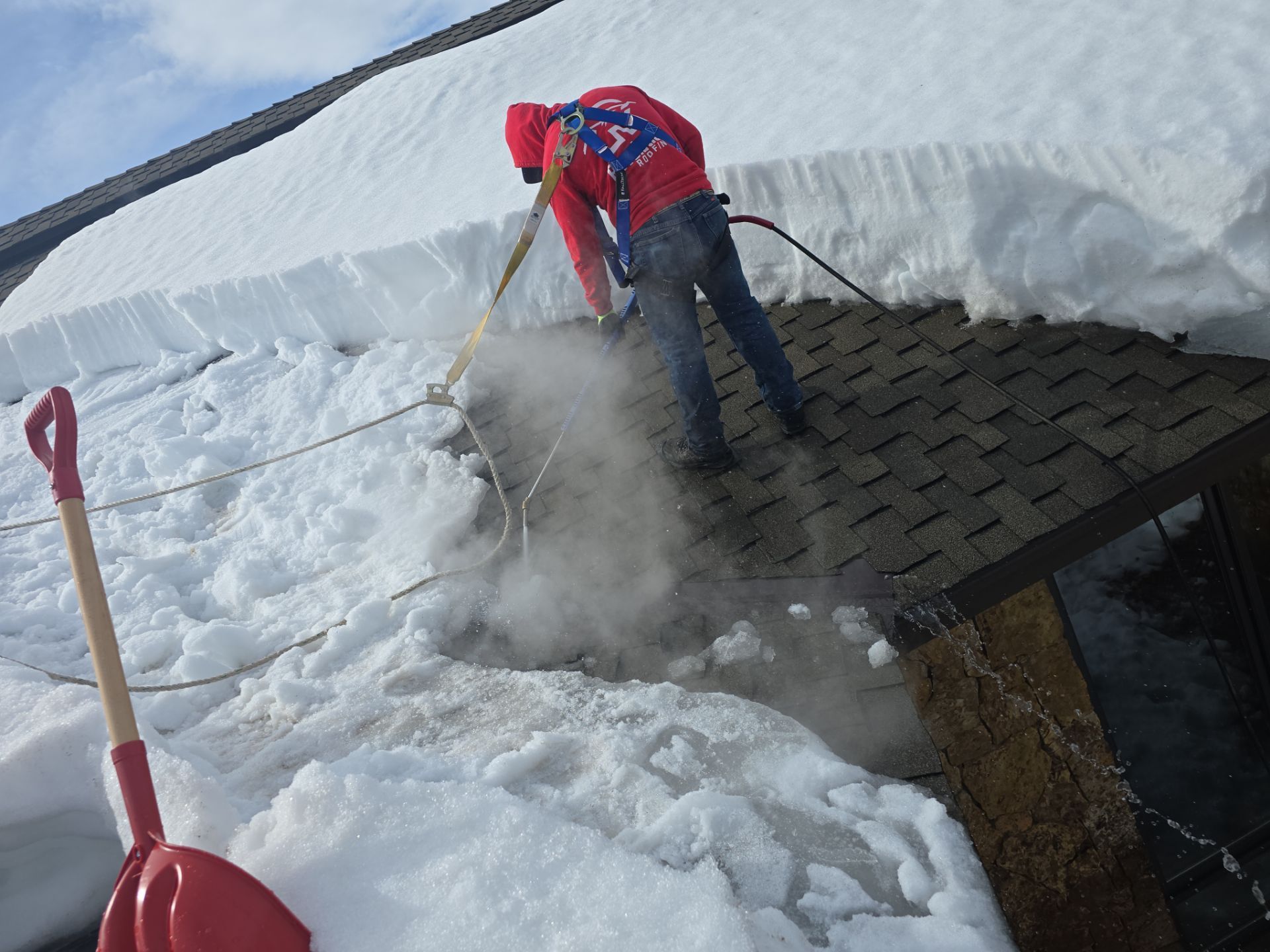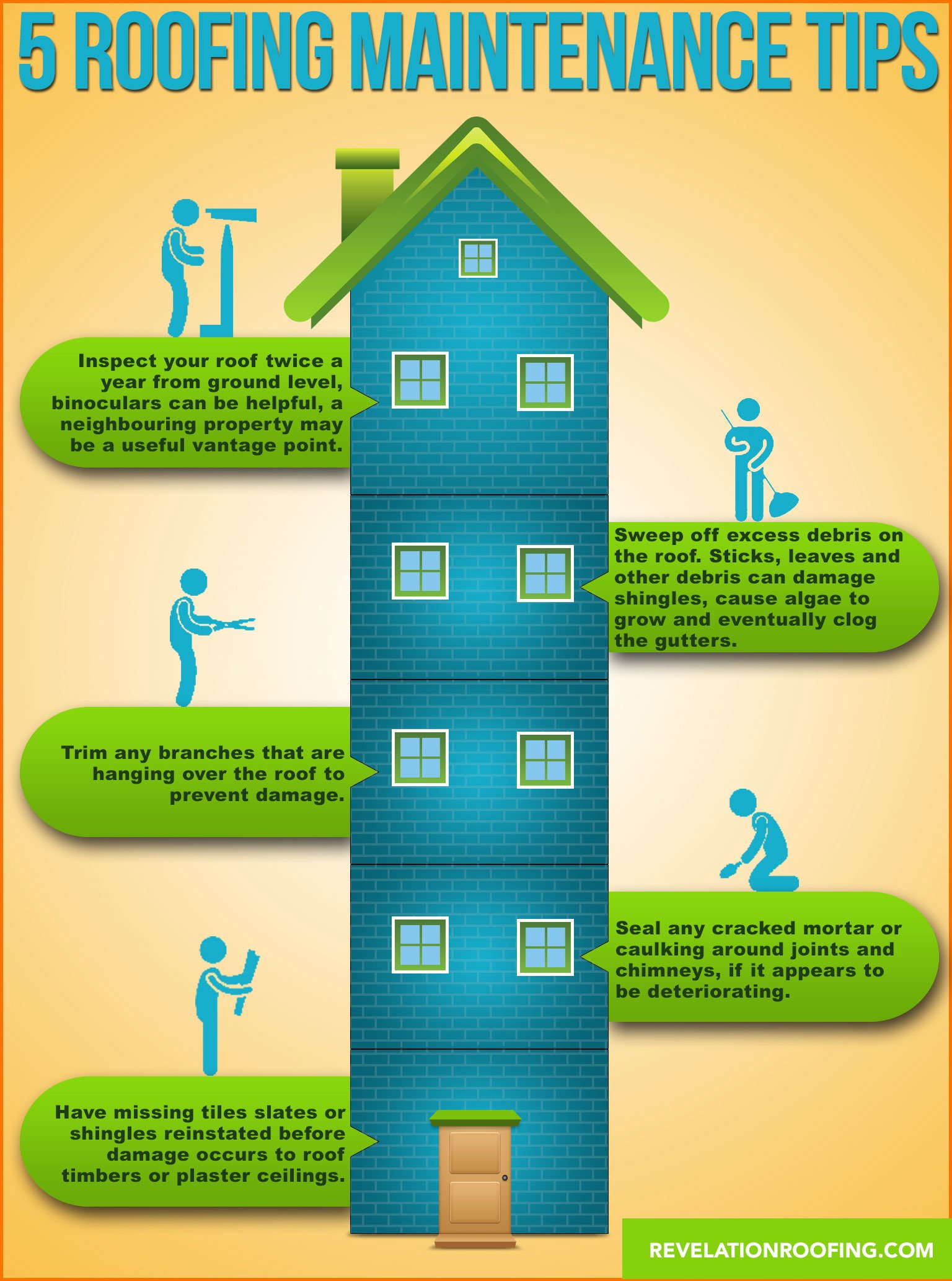27 (Cheap) Ways to Keep Your House Cooler this Summer
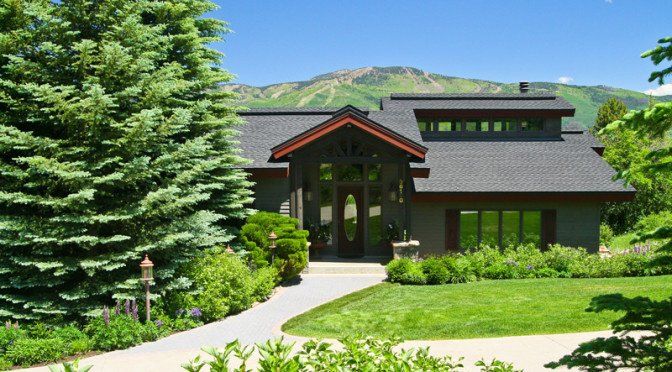
Steamboat’s summers aren’t long compared to some locations, but they can still get pretty darn hot. Simple changes such as moving lamps away from thermostats can keep your house cool and save you hundreds of dollars. Below are some money — and energy — saving tips that will help keep you cool this summer.
Get the most from your air conditioning
- Open windows and use portable or ceiling fans instead of operating your air conditioner. Even mild air movement of 1 mph can make you feel three or four degrees cooler. Make sure your ceiling fan is turned for summer — you should feel the air blown downward.
- Use a fan with your window air conditioner to spread the cool air through your home.
- Without blocking air flow, shade your outside compressor. Change air filters monthly during the summer.
- Use a programmable thermostat with your air conditioner to adjust the setting at night or when no one is home.
- Don’t place lamps or TVs near your air conditioning thermostat. The heat from these appliances will cause the air conditioner to run longer.
- Consider installing a whole house fan or evaporative cooler (a “swamp cooler”) if appropriate for your climate. Attics trap fierce amounts of heat; a well-placed and -sized whole-house fan pulls air through open windows on the bottom floors and exhausts it through the roof, lowering the inside temperature and reducing energy use by as much as third compared with an air conditioner. Cost is between $150 and $400. An evaporative cooler pulls air over pads soaked in cold water and uses a quarter the energy of refrigerated air, but they’re useful only in low-humidity areas. Cost is $200 to $600.
- Install white window shades, drapes, or blinds to reflect heat away from the house. Close curtains on south- and west-facing windows during the day.
- Install awnings on south-facing windows. Because of the angle of the sun, trees, a trellis, or a fence will best shade west-facing windows. Apply sun-control or other reflective films on south-facing windows.
Landscaping for a cooler house
- Plant trees or shrubs to shade air conditioning units, but not block the airflow. A unit operating in the shade uses less electricity.
- Grown on trellises, vines such as ivy or grapevines can shade windows or the whole side of a house.
- Avoid landscaping with lots of unshaded rock, cement, or asphalt on the south or west sides because it increases the temperature around the house and radiates heat to the house after the sun has set.
- Deciduous trees planted on the south and west sides will keep your house cool in the summer. Just three trees, properly placed around a house, can save between $100 and $250 annually in cooling and heating costs. Daytime air temperatures can be 3 degrees to 6 degrees cooler in tree-shaded neighborhoods.
Little things mean a lot
- Replace incandescent bulbs with compact fluorescents; they produce the same light but use a fifth the energy and heat.
- Air-dry dishes instead of using your dishwasher’s drying cycle.
- Use a microwave oven instead of a conventional electric range or oven.
- Turn off your computer and monitor when not in use.
- Plug home electronics, such as TVs and VCRs, into power strips and turn power strips off when equipment is not in use.
- Lower the thermostat on your hot water heater; 115° is comfortable for most uses.
- Take showers instead of baths to reduce hot water use.
- Wash only full loads of dishes and clothes.
Don’t air-condition the whole neighborhood
- Caulking and weatherstripping will keep cool air in during the summer.
- If you see holes or separated joints in your ducts, hire a professional to repair them.
- Add insulation around air conditioning ducts when they are located in unconditioned spaces such as attics, crawl spaces, and garages; do the same for whole-house fans where they open to the exterior or to the attic.
- Check to see that your fireplace damper is tightly closed.
Plan ahead
More costly but effective cooling measures are available as your home undergoes normal upgrades and repairs.
- A 10-year-old air conditioner, for example, is only half as efficient as a new one. A quick check of your air conditioner’s efficiency can help you decide whether to call in a service professional. Use a household thermometer to measure the temperature of the discharge air from the register and the temperature of the return air at the return-air grill. (Keep the thermometer in place for five minutes to get a steady temperature.) The difference should be from 14 to 20 degrees, experts say. An air conditioner that’s not cooling to those levels could be low on refrigerant or have leaks. A unit cooling more than 20 degrees could have a severe blockage.
- Using light shingles on a new roof can cut the amount of heat the house absorbs. Repainting in a light color, especially south- and west-facing exterior areas, helps as well.
- Upgraded insulation in the attic and double-paned windows all around, complete with tinting to reflect sunlight, are good ideas, too.
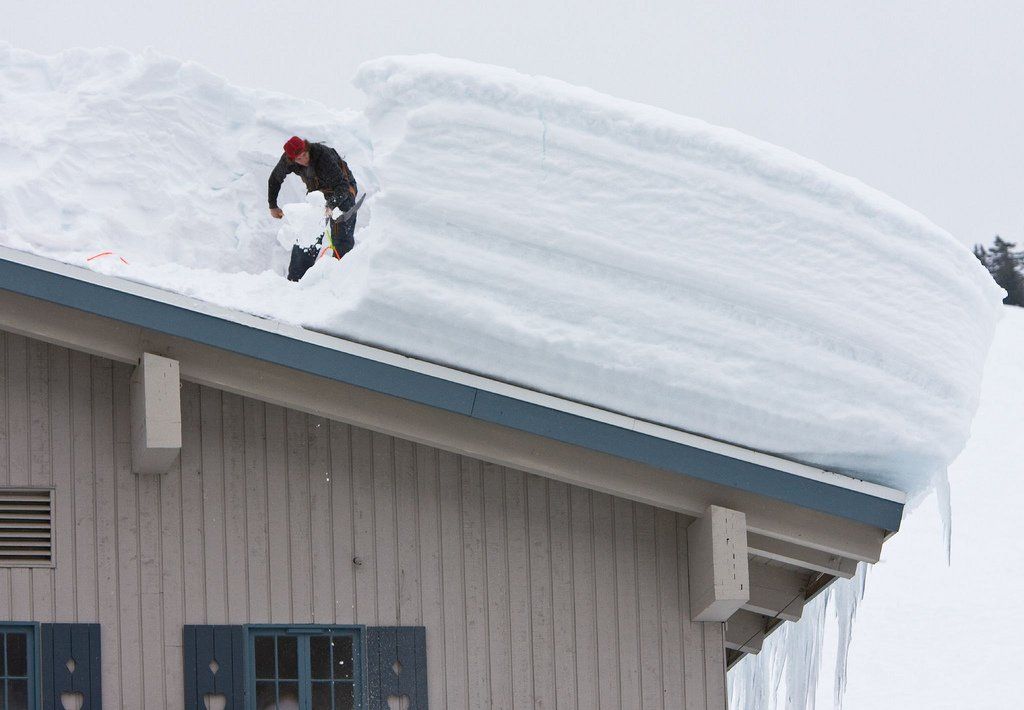
Winter Is Here For many people in the U.S. winter is here. Snow is currently falling across the Midwest and is also forecast for the Northeastern US in the coming days. Despite the forecast, proactive facility managers and building owners who already have their snow removal contingency plans in place are breathing a sigh of relief. These key decision makers recognize the critical importance of ensuring their commercial properties remain safe places to do work, shop, or store goods. They…
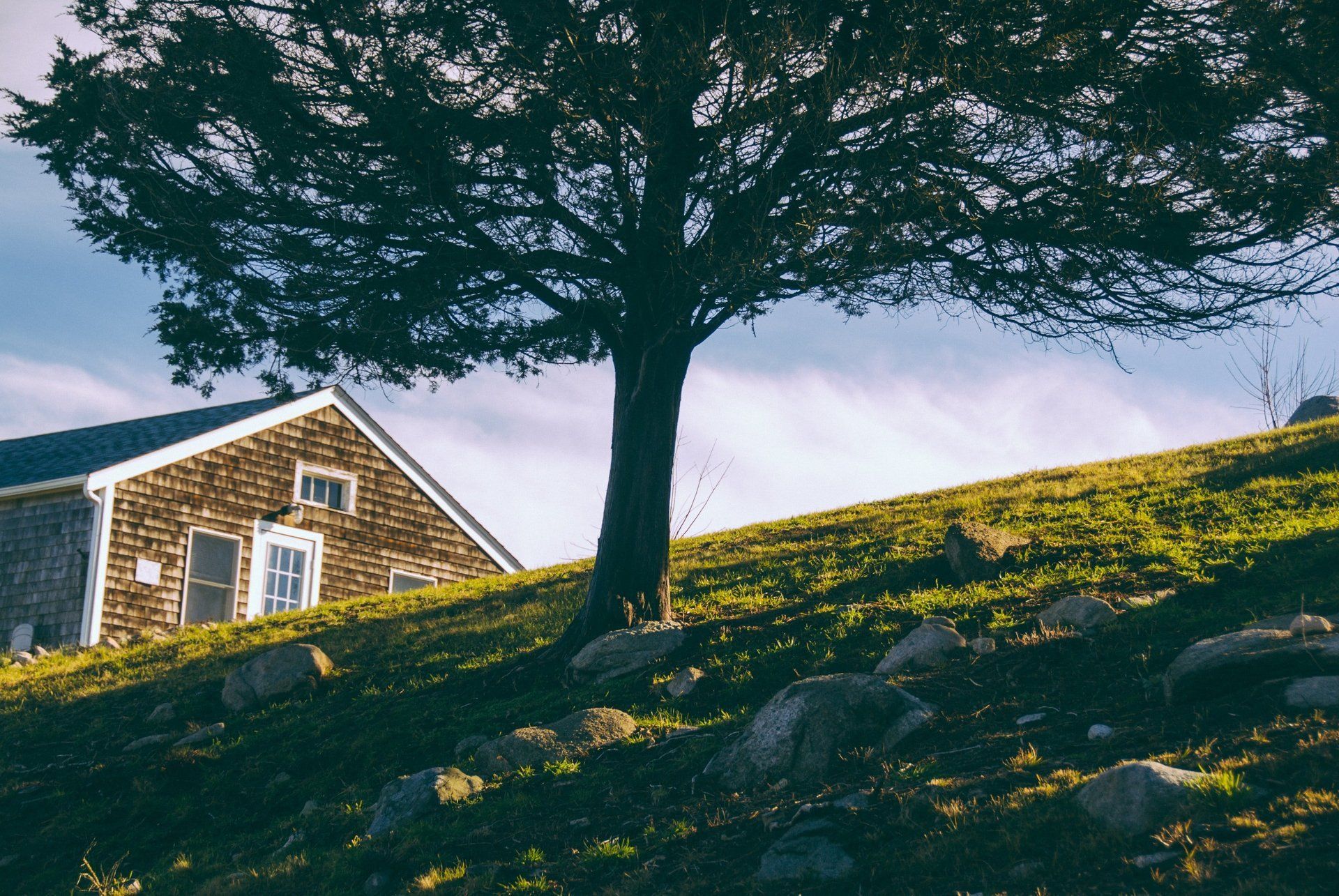
Homeowners don’t buy roofs often, so choosing the right color is very important to get right the first time. The shingle color has to work with their house and style, complement the neighborhood, and take into consideration any other preferences the homeowner may have. Here are some tips to share with your homeowners to help them consider the best possible color for their next roof. Match to your house. Take a look at your house’s style—do you have bricks or…
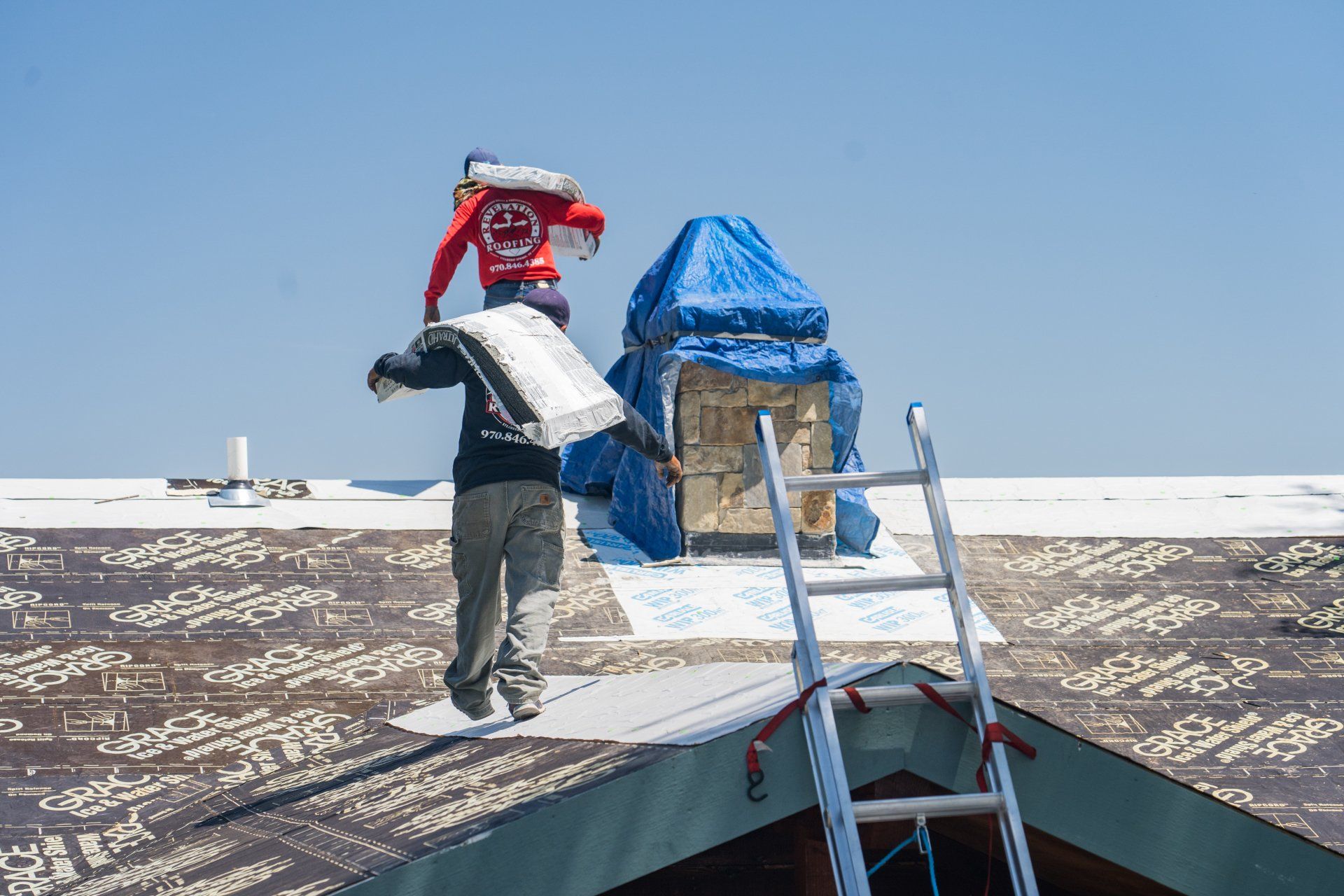
The biggest obstacle homeowners face when looking to fix or replace their roof is choosing the right person to do the job. After a damaging storm, they need to quickly get back to normal and perform the necessary roofing repairs. But that doesn’t mean they should just choose the first contractor who knocks on their door. Finding a contractor who is trustworthy, honest, and professional may sound difficult – but that’s where you come in. Contractors should share these 10 important…
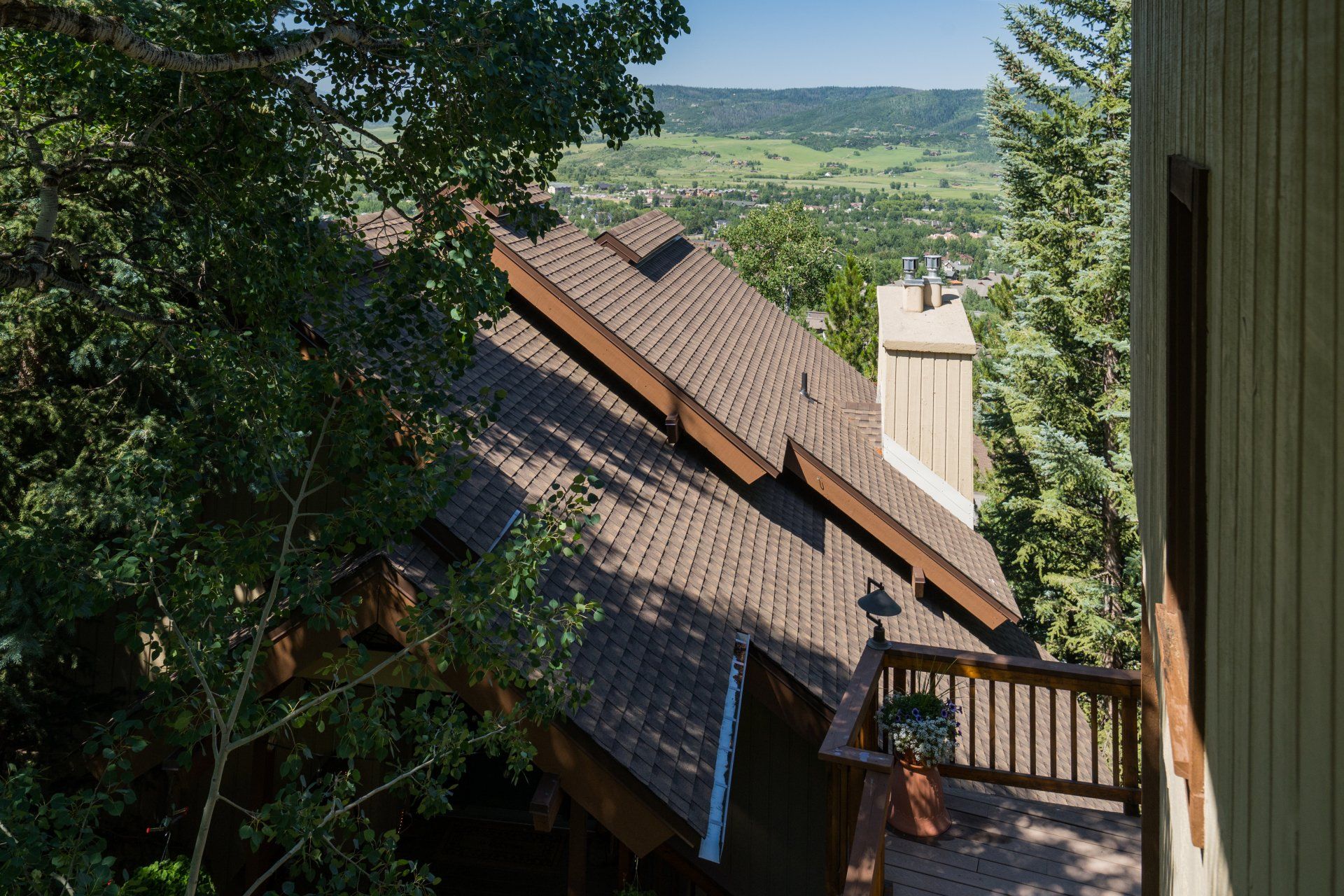
We know what you’re thinking – It’s summer, you want to be out having fun, not doing maintenance work on your roof. These summer roof maintenance tips will take only a couple of hours, but the time spent is well worth it because it could save you from costly roof repairs down the road.To ensure your safety, all of these summer roof care tasks are performed from the ground. If there is a need to go up on your roof,…
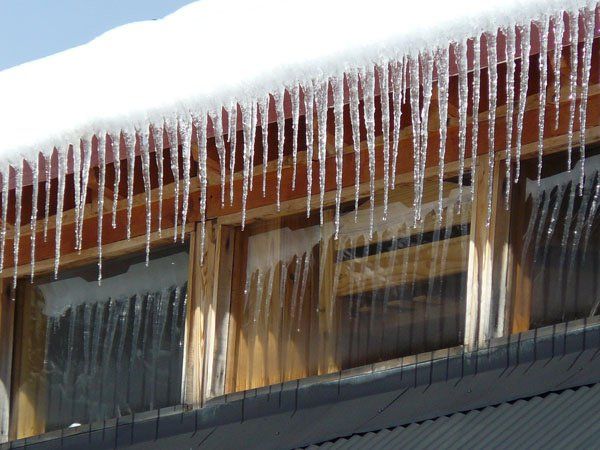
Cold weather has set in in NW Colorado, and we’ve been getting a lot of inquiries about winter roofing issues. The roof is all that stands between your family and the outside elements and so, especially in the winter, there is nothing more important on a house than good roofing. We have put together a list of some common winter roofing problems and how to prevent or solve them. Remember, winter roofs can be slippery and dangerous. If you cannot…

In addition to regular exterior inspections (make sure to schedule one if you haven’t already! Annual roof checkups can prevent costly damage down the road), however, there are several other ways to safeguard against leaks this winter season. Roof leaks can cause severe damage to your home, inside and out. As water pools beneath shingles or other materials, it may cause warping and breakdown of your roof’s underlayment. In addition, perpetual seeping into the attic or behind drywall can lead…



